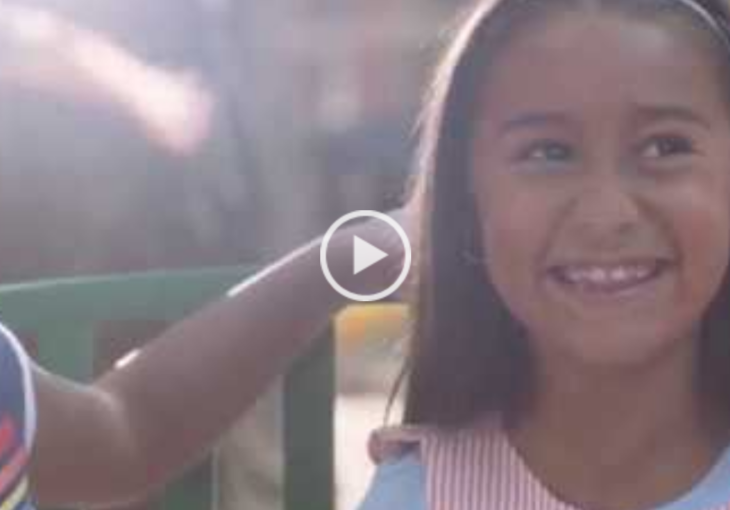
Shared Moments 3 (Video)

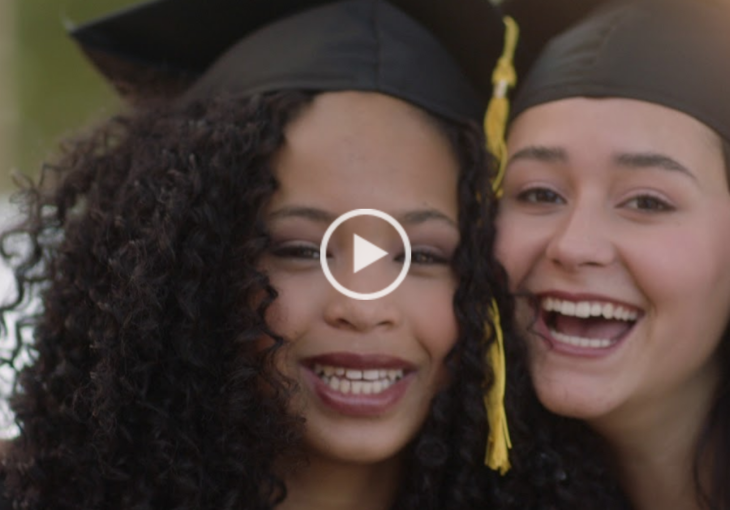
Shared Moments 2 (Video)
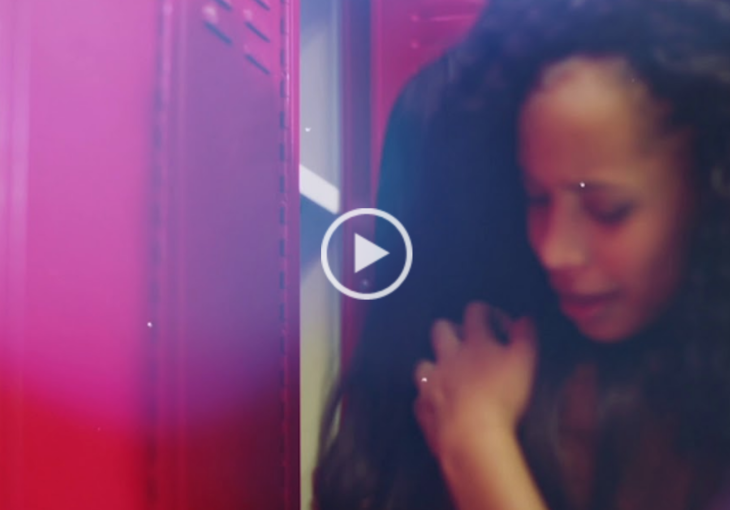
Shared Moments 1 (Video)
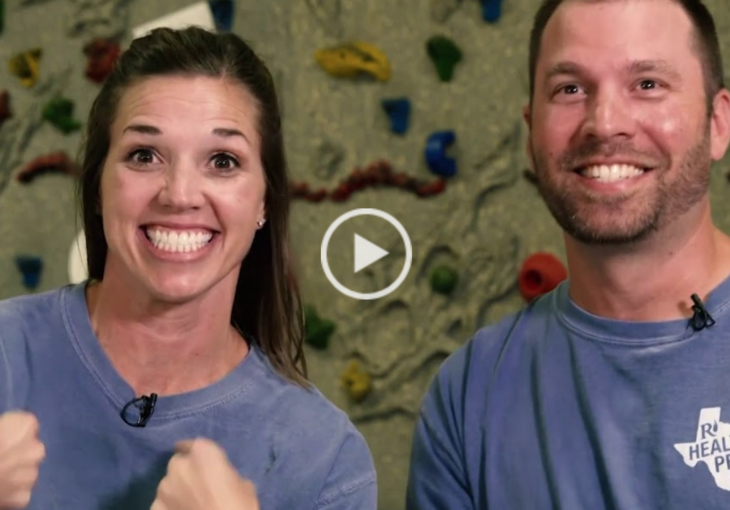
Thank You (Video)
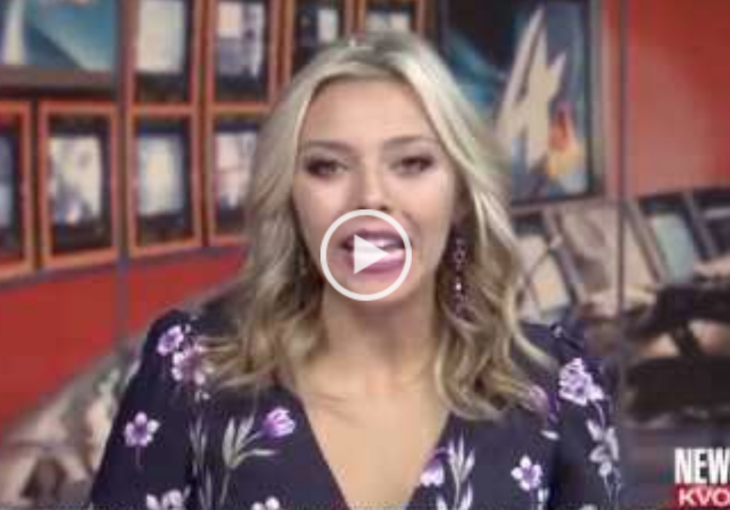
2018 Hands-Only CPR Highlight Reel (Video)
MENA Heartsaver Month promotes heart health and CPR training programs
March is Heartsaver Month in the Middle East & North Africa (MENA) region, and with cardiac arrest claiming more lives than colorectal cancer, breast cancer, prostate cancer, influenza, pneumonia, auto accidents, HIV, firearms, and house fires combined worldwide, it’s crucial to learn CPR in the event that you find yourself in a lifesaving situation.
Cardiac arrest can occur to anyone at any time – often occurring outside of a hospital, like at home, at work or at play – and the victim may be someone you know or love. Every minute CPR is delayed, a victim’s chance of survival decreases by 10 percent. Immediate CPR from someone nearby can double or even triple that victim’s chance of survival.
Learn the simple steps of Hands-Only CPR to become a lifesaver in the event of a cardiac emergency. Hands-Only CPR is CPR without mouth-to-mouth breaths and is recommended for use by people who see a teen or adult suddenly collapse in an “out-of-hospital” setting. It consists of two easy steps: 1) call 9-1-1 or your local emergency number (or send someone to do that); 2) push hard and fast in the center of the chest.
In addition, global training and awareness programs increase the likelihood of a lay responder being on-hand to provide CPR and treatment using an Automated External Defibrillator (AED). Programs like Connected Pulse use technology to better connect victims and rescuers – both professional and lay responders. This unique end-to-end solution combines education programs to increase awareness of CPR, the use of publicly-available AEDs, and new technologies to strengthen the ‘chain of survival’ from the moment an incident occurs to the patient leaving the hospital.
Connected Pulse emphasizes four critical steps of the chain of survival: 1) alerting emergency medical services; 2) giving CPR to the patient; 3) delivering treatment using an AED; and 4) advanced critical life support, provided by the emergency medical services.
Celebrate Heartsaver Month by finding a CPR training solution that works for you and learn how to save a life.
For more information on CPR, visit international.heart.org. All tools and materials to help plan activities and spread the message can be accessed online in English and Arabic.
Holiday Heroism: How one family will be forever “thankful” for CPR
Susan Brooks is a fitness instructor and elementary and middle school archery and track coach in Shawnee, OK. She has been AHA trained in CPR for 30 years. Susan agreed to be interviewed by the AHA CPR & First Aid Blog to share her own holiday miracle with us this season.
Susan, tell us your story.
It was Thanksgiving Day 2013. My husband, Stephen, our daughter and I were walking out the door when Stephen suddenly told me he didn’t like what I was wearing… which was bizarre. He’d never criticized my clothes before! But, OK, I went to change and was looking for a new outfit when I heard my daughter scream from the living room.
I raced in and found Stephen lying on his side across the hearth. He was having a seizure, and his body was locked-up. I was able to move him to the floor while our daughter called 9-1-1. Once the seizure ended, I checked his vitals and couldn’t find a pulse; I started to perform Hands-Only CPR.
I performed it for what felt like a long time. I was becoming tired, but kept on as I was trained because my husband’s life depended on it. Eventually, Stephen began to move just as the paramedics entered the house. I stopped compressions, searched for a pulse, and felt a weak one as he began to resume consciousness.
Do you know what caused his heart to stop?
They discovered a brain tumor in the ER. The tumor had caused him to seize, and the seizure is what prompted the heart attack. He was taken for emergency surgery to remove the tumor, which was a success.
And after the surgery?
After he woke up, he claims that his chest was the only thing hurting. “Why does my chest hurt?” He actually asked that! “Because I saved your life!” was my reply….
Stephen spent 10 days in the hospital, and incredibly has not suffered any long-term damage. He’s doing great.
What went through your head at the time this happened?
“I can’t believe I’m doing this in my home on my husband on Thanksgiving.” It was surreal, and honestly very traumatic for our whole family. After the fact, I was able to appreciate in a completely new way all of those years of training that brought me to that exact moment.
What has been the impact on your family?
We’re very appreciative that we still have Stephen with us. My daughter now wants to go to medical school. As for me, working in my job I’ve always expected this kind of situation to happen when we were exercising—not on a holiday just walking out the door.
I cannot say enough how grateful I am for the AHA and its training. Their work developing better processes and procedures and promoting CPR education has saved countless lives, including Stephen’s.
What message would you give others this holiday?
You don’t know what you’re going to encounter in life or when, but CPR gives you the tools you need to save someone when that moment comes. What if I hadn’t known what to do in that moment and Stephen had died?
“This is what CPR means to me. That’s the impact. My husband is the one that I was meant to save.”
“I’m a Survivor Too:” A paramedic’s story of being on the other side

Pictured left to right: Devin Goenner (son), Rita Berrier (Paramedic), Chris Goenner, Jodi Goenner (wife), Scott Hess (Paramedic), and Blair Richey (Paramedic)
It was October of 2007 when Christopher Goenner collapsed in front of his colleagues. Chris was only 32 and in seeming perfect health. But Chris’s heart had gone into ventricular tachycardia (VTAC)—an irregular rhythm that prevents the heart from pumping blood to the body.
With Chris unresponsive, his colleagues – fellow paramedics – took immediate action beginning with CPR. Chris’s fatal heart rhythm was quickly identified via cardiac monitor. A manual defibrillator was deployed to shock his heart back into a normal rhythm. Fortunately, only one shock was needed. Chris was quickly stabilized and transported to the hospital.
“When I woke, there were voices around me that hadn’t been there last I remembered. I couldn’t see for a bit as my vision was blurry. That’s how I knew something was wrong,” Chris shared with the CPR & First Aid Blog.
At the hospital, Chris received an internal defibrillator and a pacemaker. Incredibly, because CPR and a defibrillator were deployed within moments of his VTAC, there was no fear of brain damage. Chris was able to leave the hospital after only two nights.
“The important thing to remember in my story is – even though my colleagues are paramedics – the actions they took for me that day are all the same things that a bystander could do,” he said. “These are the same things that I would teach my students in an AHA Heartsaver class.”
Today, Chris is serving as a program director at Central Piedmont Community College, in Charlotte, NC. He teaches the American Heart Association’s BLS, ACLS, Heartsaver, Friends & Family CPR and other AHA programs. Even better, his experience helps him connect with his students. He uses his personal story on the first day of each class to help drive home the importance of CPR and other lifesaving skills.
“The stuff I teach in my classes would have saved my life, no matter who had performed them,” he concluded. “The value of the public learning CPR is everything. I could have been anywhere… in my neighborhood or in the park. I could have collapsed any place, and bystander knowledge is the only thing that would make a difference.
This is why I teach with the American Heart Association. EMTs and Paramedics are able to provide advanced care, but we wouldn’t have the opportunity to perform that care without bystanders on the scene having the training and taking action with CPR to circulate the blood and oxygen in a victim’s body. My story may be unique because I’m both a lifesaver and a survivor, but I’m no different than anyone else who is still here because of the quick actions of those who just happened to be around when I needed them.”
CPR and a Haircut: A story of survival from one of our own
Demetria Cameron is a project coordinator with the American Heart Association’s ECC Global Marketing team. She is based in Dallas, TX.
The evening of Friday, August 31st, 2018 is one that I will never forget. I had taken my son to our local barbershop for a haircut. Considering we usually go on Saturdays, I believe this little change in our routine was divine placement. Because just minutes after taking a seat in the waiting area, the stranger sitting next to me had a seizure. I’d later learn her name is Jenetria.
As Jenetria’s body began to seize, the barbers rushed over and gently placed her on her side to help her breathe, cradling her head so it wouldn’t hit the floor. When the seizure stopped, I stood by carefully watching her for a response. Jenetria began gasping, however, others thought she was safe, that she was breathing. Thankfully, because of my Heartsaver training as an Association employee, I could tell the difference.
“She’s not breathing, she’s gasping!” I yelled. Suddenly, she stopped gasping and become unresponsive. I instructed for her to be laid on her back and for everyone to clear some space. One of the barbers was already on the phone with 9-1-1 and updating the situation to the dispatcher in real time. I lifted Jenetria’s shirt and immediately began Hands Only CPR compressions. I continued compressions until the paramedics arrived and took over. Once stabilized, Jenetria was rushed to the hospital.
At the hospital, the doctors discovered that Jenetria was seven months pregnant and required an emergency c-section to save the baby! Baby Josiah was born that night, two months premature and also needing an emergency procedure due to two holes found in his heart. Incredibly, now six weeks later both mom and baby are strong, healthy and doing just fine. The doctors and nurses are calling it a miracle, and I agree!
Because of their quick actions, the barbers of the Omega Cut Barbershop, Anthony O’Neal and Albert Edmondson, received Heartsaver Hero awards. They not only helped to save one life but two—and so did I!
As a member of the American Heart Association team, I’ve always understood the value of CPR. Everyone on our team receives training, even though you honestly never believe that you will have to use it. But when that moment suddenly presents itself, the value of knowing CPR becomes priceless. To be able to know what to do, and be prepared makes me appreciate the importance of CPR in a whole new way.
I’m so grateful that I work with the Association because the quality is like no other. AHA CPR training courses give you clear details and exact information so that you know exactly what to do and when. Everyone desires high-quality things; clothes, food, etc. CPR should be the same way.
CPR Learned in School Saves Mom’s Life
This blog is authored by Hayley Meyer, a nursing assistant at the Medical University of South Carolina. Below is her story of how she and her family saved her mom, Pauline, during the scariest night of their lives.
It was the night of November 15, 2016, nine days before Thanksgiving—a time when families gather to celebrate their blessings.
I was asleep when my dad burst into my room at 3:00 AM. He was panicked, and the tone of his voice has such an urgency that I immediately awoke.
Dad was yelling something about mom and to call 9-1-1. My heart started pounding. My hands shook. I wanted to know what was going on, so I followed dad back to my parents’ bedroom.
As I walked into their room, dad was next to mom performing CPR. Her body was blue and stiff. Suddenly, I felt like I wasn’t even there. It was like I was looking from the outside, and it wasn’t real. The voice on the phone was asking, “What is your emergency?” I couldn’t talk.
I handed the phone to my dad… and then instinct took over.
As my father spoke to 9-1-1, my body went on autopilot. I began performing Hands-Only CPR, to which I was first introduced during a high school emergency responder class. Throughout college, I maintained my training as part of my sports medicine studies. I never thought I’d actually need to use CPR.
Altogether, mom received a full 10 minutes of CPR before first responders arrived to take over. At the hospital, she was placed in an induced coma. My family clung to hope.
Five days later, my dad answered his phone to the most beautiful words he’d ever heard. A nurse had held up her phone so my mom could speak: “Honey, are you on your way?” I could barely understand my dad as he called me running through the hospital, shouting, “Mom’s awake!” I’ve never been so happy. Mom came home to us after nine days in the hospital on November 23rd—the day before Thanksgiving.
We still don’t know the exact cause of my mom’s cardiac arrest. Her only symptom was that she sat up in bed coughing, which is what had woken my dad at that hour. To this day I’m still in disbelief that it all happened as it did.
Since the incident, my family has been dedicated to spreading the word of CPR. We’ve worked with the American Heart Association to promote our local Heart Walk, and my mom has become a member of the Association’s Early Cardiovascular Care Committee.
My final message to everyone is this:
Don’t think you don’t need the training because you doubt you could save someone’s life. I never thought I would actually ever use CPR, and then I used it to save my own mom. It’s incredible that the impetus to save her life started with a one-day class I took when I was 17.
Learn CPR: not just one member of the family but every member. It’s that important.



